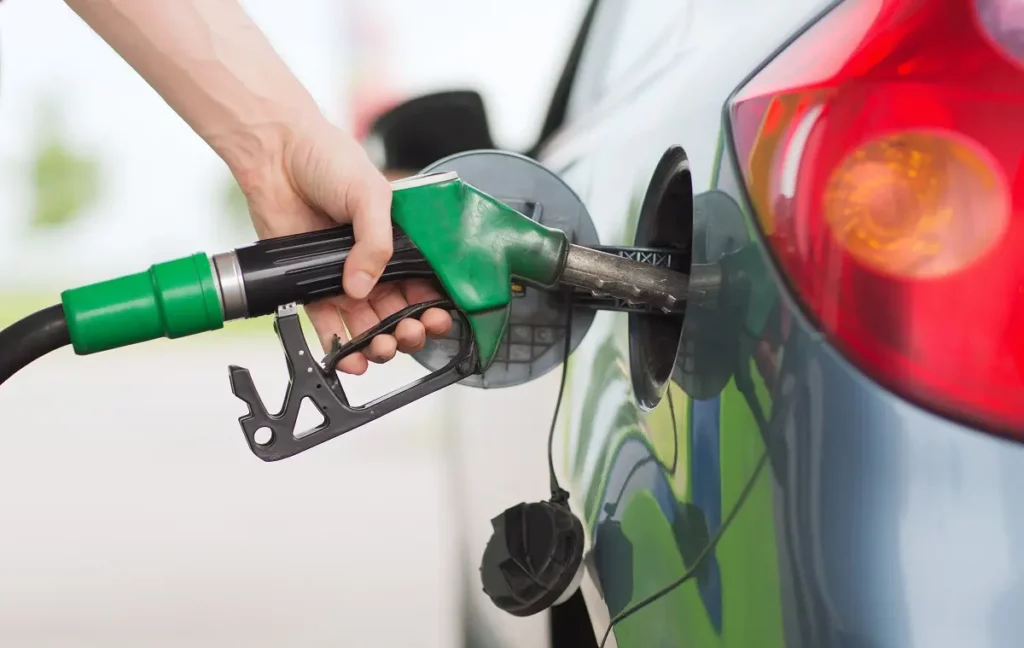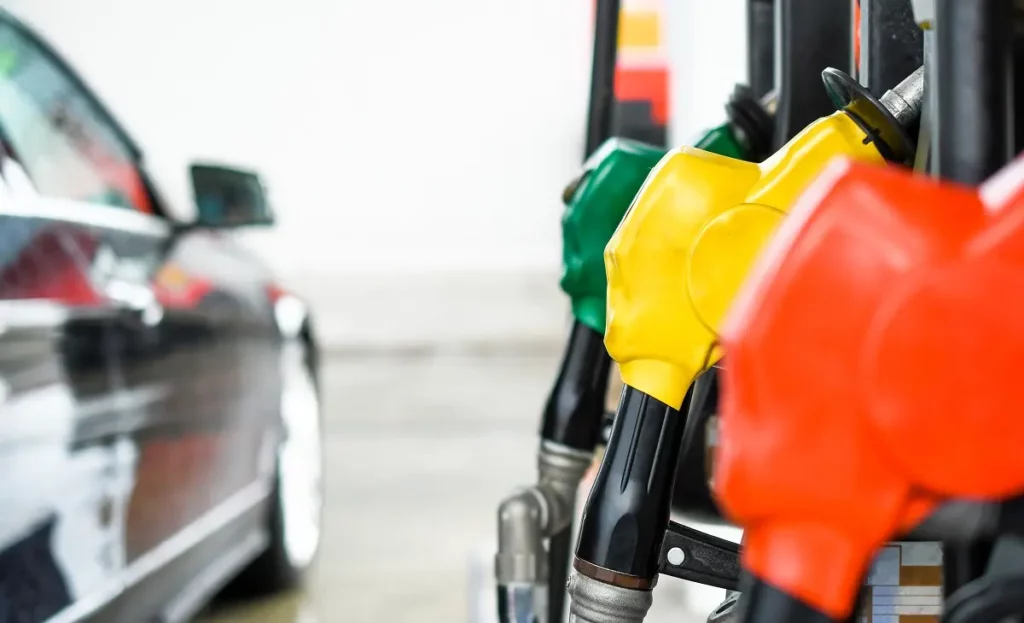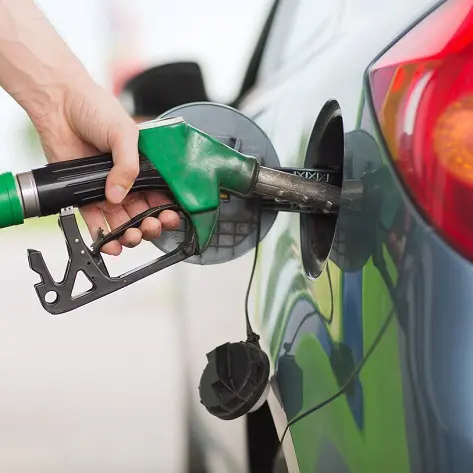Misfuelling is a situation where you put the wrong type of fuel in your car by accident. Depending on what you drive and what you just put in your gas tank, this can be a costly mistake.
In this article, we’ll discuss several scenarios that can happen, and what you should do to prevent any serious damage to your car. Here’s everything you should know about putting the wrong fuel in your car.

What Makes Misfuelling Dangerous?
There are generally 3 types of misfuelling scenarios — you put gasoline in a diesel vehicle, diesel in a gasoline vehicle, or you’ve used the wrong type of gas in your gas car.
That last one is the least dangerous. Using high-octane fuel in an engine that doesn’t need it will do no damage whatsoever. It won’t run much better, but it won’t suffer any negative effects either.
On the other hand, if you use low-octane fuel in a car that requires high-octane fuel, there’s a chance that you’ll deal with higher-than-usual engine knock. Depending on how old or new your car is, the ECU can adjust timing to compensate for low-octane fuel.
That said, using diesel fuel in a gas car, or vice versa is a far more serious issue that requires quick thinking and a far more elaborate intervention.
Putting Diesel In a Gasoline Car
Putting diesel in a gasoline car is far more difficult than most people imagine. The nozzle on the diesel gun is wider than the opening on a gasoline car. However, that doesn’t mean that accidents can’t happen.
When diesel ends up in a gas tank of a gasoline car and is sucked into the fuel delivery system, it gums everything up. Diesel is thicker than gasoline, which will cause all kinds of issues. For one, your fuel filter, if your car has one, will get clogged up.
Your fuel pump will do its best to push the fuel to the injectors, and when it finally manages to do so, your injectors will get clogged up. At that point, you’re looking at a dead engine and a massive bill for fuel system flushing.
The best possible scenario, in this case, is to catch yourself before you prime the fuel system. That way the only thing you need to do is drain the gas tank.
Putting Gasoline in a Diesel Vehicle

Using gasoline in a diesel vehicle is a whole different ball game. Diesel isn’t a very volatile fuel. Diesel engines use compression to ignite the fuel, unlike gasoline engines that rely on spark plugs. Unlike in the previous scenario, it’s very easy to get the gas gun into a diesel fuel tank, which is why this type of error is somewhat more common.
The problem is that gasoline can cause catastrophic problems in a diesel engine. By using gasoline, you’re essentially introducing a highly volatile fuel into an engine designed to run a far more stable fuel.
Not only that but your in-tank fuel pump, high-pressure pumps, and everything else are designed to be lubricated by diesel fuel. So much so that some high-pressure pumps will begin producing metal shavings from the lack of said lubrication.
These metal shards can clog up the fuel rail, and fuel injectors, or even end up in the In other words, you’ll be replacing a lot of parts, especially in a modern European diesel car.
What Can You Do to Prevent Misfuelling?
The only real way to prevent misfuelling is to always be on alert when getting fuel. Some gas stations use different color coding for their nozzles, which can create a lot of confusion. Always check the label on the nozzle before you stick it into your car.
In case your car has already suffered damage from misfuelling, we can help. We stock quality parts from world-renowned brands, and we offer them at some of the best prices you’ll find online. Check our catalog for more information!



